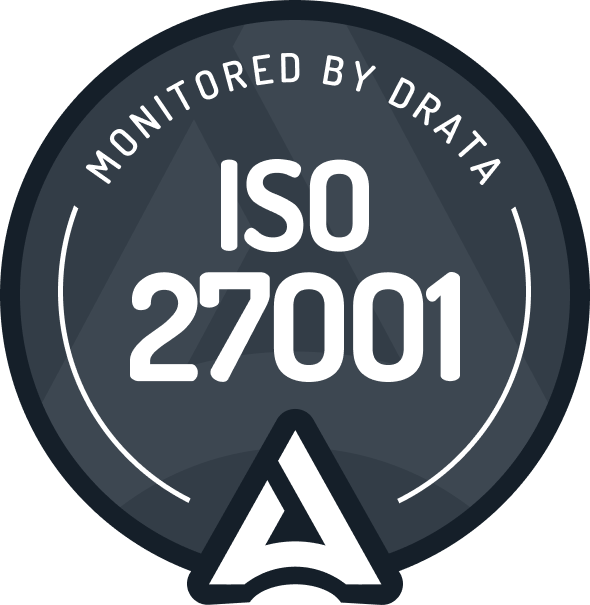Preventing Payroll Compliance Risks: The Case for Early Controls
%201.webp)
The idea that independent compliance and governance controls can be addressed after a new system implementation of a new payroll or time and attendance system is a common and risky misconception.
System implementation projects are generally complex and time-consuming, and while many businesses assume that the system itself will solve their compliance challenges, it’s often how the system is implemented, configured, maintained, and used that determines its effectiveness from a compliance perspective.
Engaging an independent reviewer for payroll offers a fresh, unbiased perspective that can reveal potential risks potentially missed by internal teams immersed in daily operations.
This external insight helps identify past gaps and compliance issues, setting a stronger foundation for implementing a new, effective system.
The Issue with Waiting
Implementing a new payroll or workforce management (WFM) system can be an intensive, 12 to 18-month process that requires buy-in and coordination across multiple teams. However, waiting until the system is fully live to establish compliance controls is a decision that can have unintended and costly consequences.
Delaying these controls often allows errors to develop, grow, and compound over time, creating complex and challenging issues to resolve once the system is in full operation. Plus you could additionally be implementing the system in a similar fashion to your old one that’s already at risk.
These compounding errors aren’t typically due to faults within the payroll or WFM system itself. Instead, they often stem from configuration missteps, gaps in business processes, or data management issues that go unchecked during the implementation phase.
By the time these issues are identified post-implementation, they may have already affected payroll accuracy, compliance, and overall operational efficiency, potentially resulting in significant underpayments, overpayments, or other compliance violations.
Benefits of Early Compliance Reviews for Effective Implementations
We have seen that businesses that proactively conduct compliance reviews before implementing a new payroll or WFM system experience a smoother, more successful transition. An early compliance review provides the opportunity to:
- Identify existing compliance gaps that may not align with the new system’s functionality.
- Optimise business processes by mapping them directly to the system’s capabilities, reducing the need for future adjustments.
- Spot potential risks in data handling and management, such as data integrity issues, pay calculations, or inaccuracies that could carry over into the new system.
Conducting this review as part of the pre-implementation phase allows an organisation to address any identified risks ahead of time, creating a great foundation for the new system.
The Value of an Independent Perspective
Bringing in an independent to review payroll provides a fresh, unbiased perspective on the organisation’s current payroll set-up. This external view can uncover areas of potential risk in ways that internal teams, often deeply involved in day-to-day operations, may overlook.
For example, an independent review can reveal configuration risks that could lead to compliance issues, such as incorrect pay rules or outdated pay structures. Similarly, it can highlight inefficiencies or inaccuracies in current business processes or data management practices that could affect the new system’s functionality and reliability.
Establishing Controls Early to Avoid Common Pitfalls
Prioritising compliance controls early on helps organisations avoid several common pitfalls that can hinder a successful system implementation:
- Configuration Issues
As systems are customised to meet specific business needs, it’s easy for certain settings to drift from compliance requirements, especially in complex environments with multiple awards or employment agreements. By defining clear compliance controls upfront, organisations can align system configuration with regulatory requirements, minimising the risk of configuration drift.
- Inaccurate Data Mapping
Payroll and WFM systems rely heavily on accurate data mapping to ensure all employee classifications, pay rates, and shift differentials align with regulatory standards. An early compliance review allows for careful scrutiny of data mapping, helping to correct any inaccuracies before they impact the new system’s operation.
- Manual Workarounds
In cases where a system doesn’t fully meet an organisation’s needs, manual workarounds are often employed to fill the gaps. However, these workarounds can introduce compliance risks and increase the potential for human error.
- Reactive Issue Resolution
Without preemptive compliance controls, teams may spend significant time and resources addressing issues reactively after the system is live. This approach is not only time-consuming but also costly, as retroactive fixes often require substantial data adjustments and potentially costly remediation for affected employees.
Turn Proactive Compliance into a ROI
Investing in proactive compliance controls yields a strong return by driving efficiency, reducing costs, and protecting your business:
- Operational Efficiency - Integrating compliance controls within your payroll system reduces reliance on manual testing. Automated checks highlight errors in real time, enabling payroll teams to focus on strategic tasks instead of manual audits.
- Cost Savings - Real-time compliance checks cut down on overpayments, saving significant costs that accumulate over time. These automated checks eliminate the need for expensive, post-implementation audits by flagging issues before they grow.
- Business Protection - Proactive compliance shields your business from non-compliance risks like fines and reputational damage. A strong compliance stance demonstrates commitment to regulators and builds trust as a responsible employer.
Embedding Compliance for Long-Term Success
Embedding compliance controls from the start of a payroll system implementation is essential. By proactively integrating governance, organisations can preempt risks, avoid future remediation costs, and design a system tailored to their specific needs. This approach not only helps ensure compliance but also builds a stable, efficient payroll operation.




.png)

.png)








.webp)




.webp)

.webp)